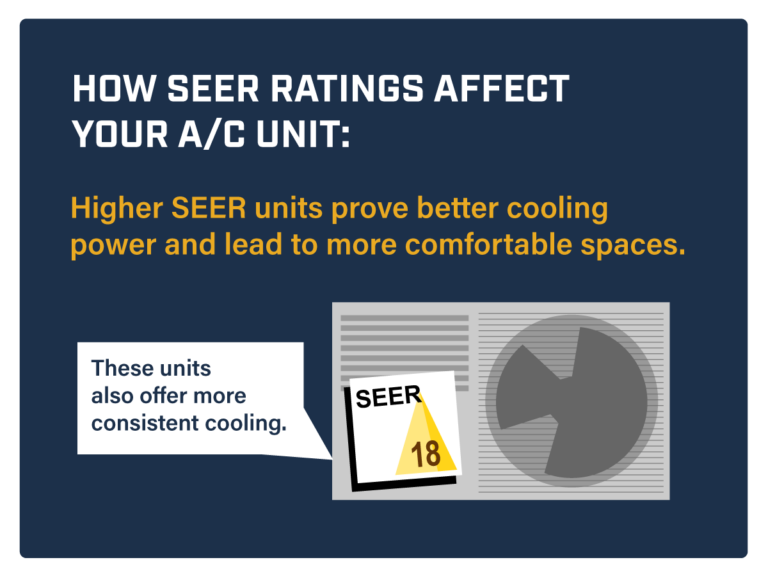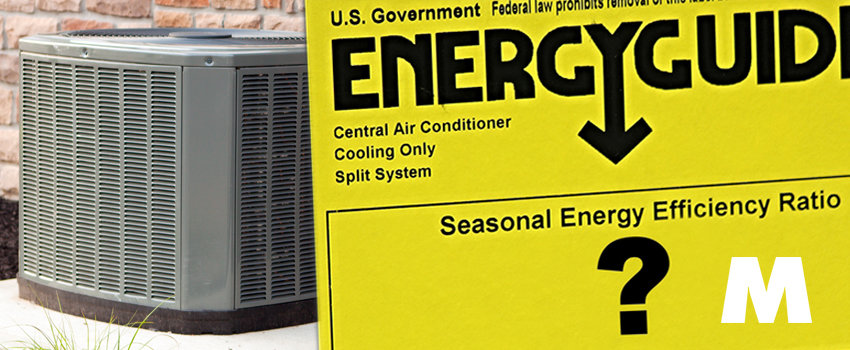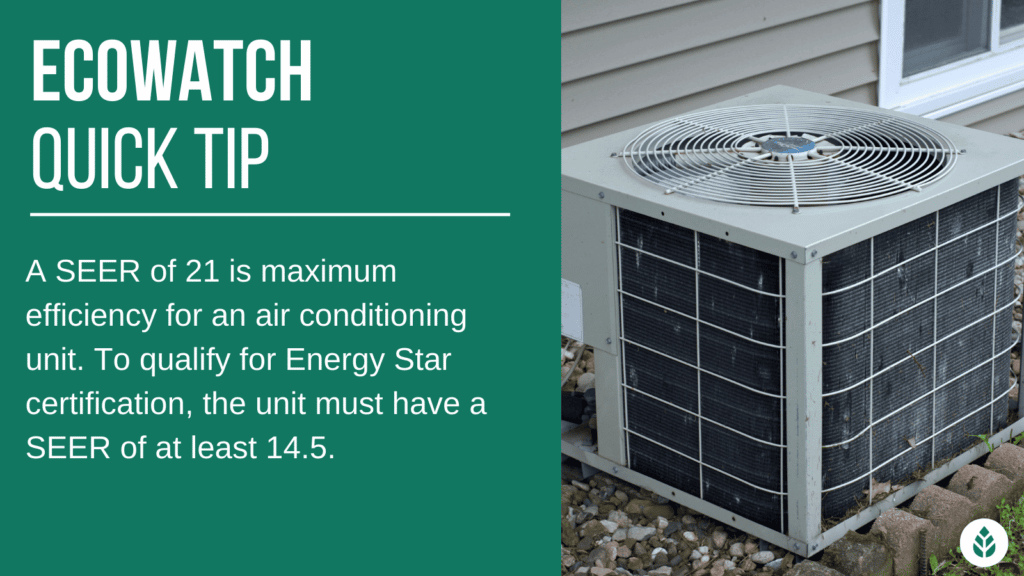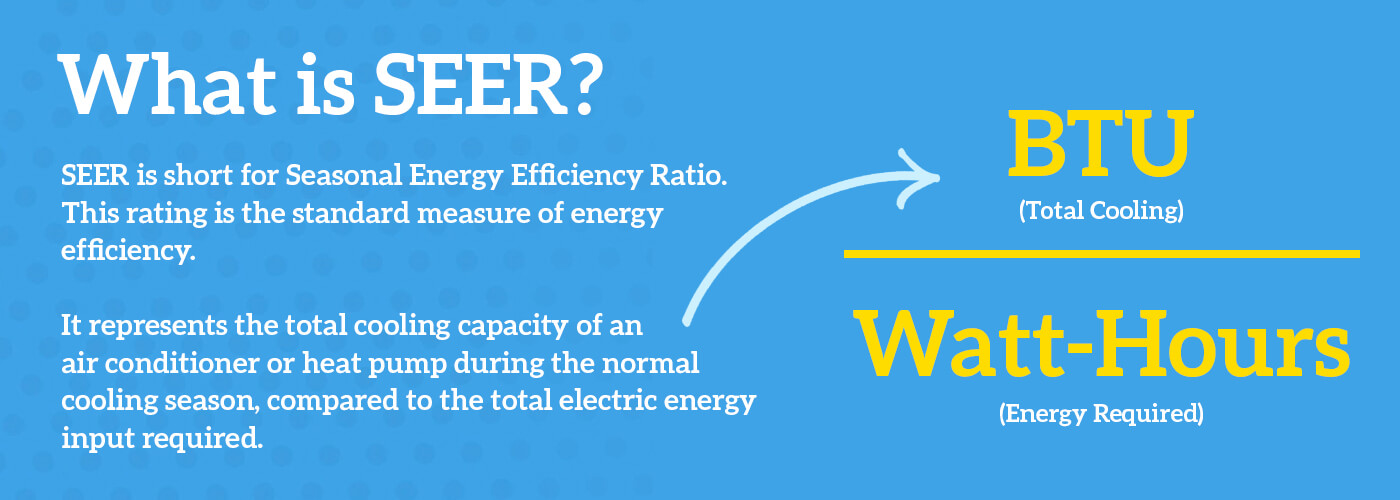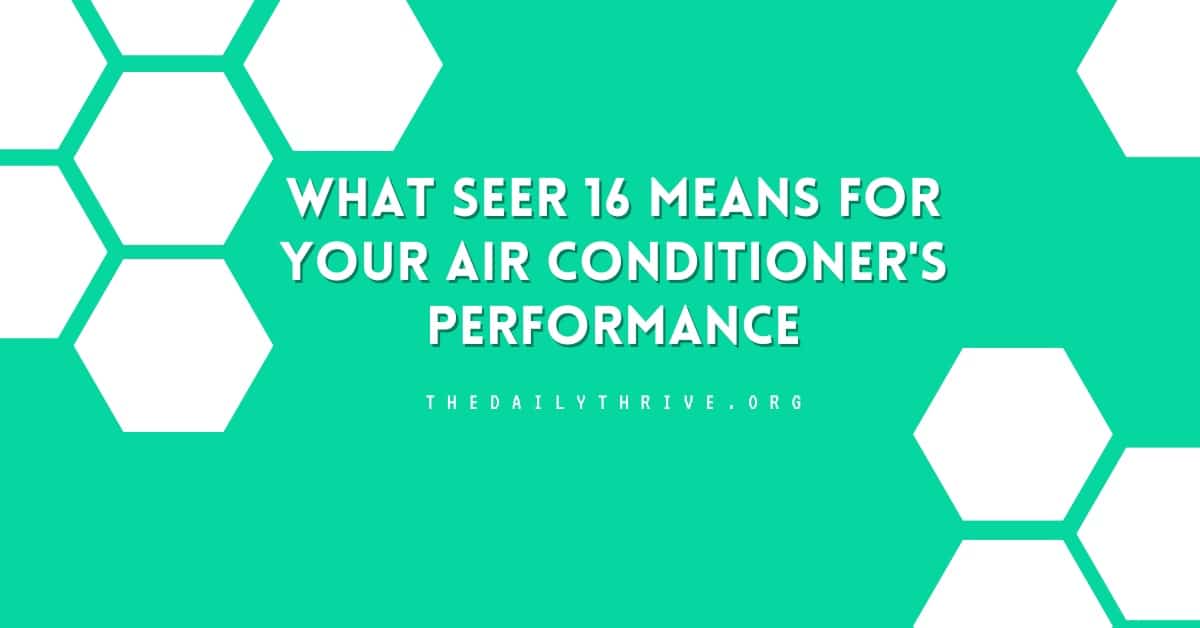What Does Seer Mean For Air Conditioners

Understanding SEER: Your Guide to Air Conditioner Efficiency
When shopping for a new air conditioner, you'll inevitably encounter the term SEER. But what does it actually mean, and why should you care? SEER, or Seasonal Energy Efficiency Ratio, is a crucial metric that helps you understand how efficiently an air conditioner cools your home. This guide breaks down everything you need to know about SEER ratings, helping you make an informed decision when purchasing your next AC unit.
What Exactly is SEER?
SEER measures the cooling output of an air conditioner during a typical cooling season divided by the total electric energy input during the same period. In simpler terms, it tells you how much cooling you get for each unit of energy you use. The higher the SEER rating, the more efficient the air conditioner, and the lower your energy bills will be.
Think of it like miles per gallon (MPG) for your car. A higher MPG means you can travel further on less fuel, saving you money at the pump. Similarly, a higher SEER rating means you can cool your home more effectively using less electricity, saving you money on your utility bills.
Minimum SEER Requirements
The U.S. Department of Energy (DOE) sets minimum SEER standards for air conditioners sold in the United States. As of January 1, 2023, the minimum SEER rating for most new air conditioners is 14 in the Southeast and Southwest regions of the United States, and 13 in the North. These standards are designed to promote energy conservation and reduce overall energy consumption.
Why SEER Matters to You
Choosing an air conditioner with a higher SEER rating offers several benefits:
- Lower Energy Bills: This is the most obvious benefit. More efficient air conditioners use less electricity, resulting in significant savings on your monthly energy bills. Over the lifespan of the unit, these savings can really add up.
- Reduced Environmental Impact: By using less electricity, high-SEER air conditioners contribute to a smaller carbon footprint, helping to reduce greenhouse gas emissions and protect the environment.
- Increased Comfort: Many high-SEER air conditioners come with advanced features like variable-speed compressors, which provide more consistent and even cooling throughout your home.
- Potential Rebates and Incentives: Many utility companies and government agencies offer rebates and tax credits for installing energy-efficient appliances, including high-SEER air conditioners. These incentives can help offset the initial cost of the unit.
- Improved Home Value: Installing a high-efficiency HVAC system can increase the value of your home, making it more attractive to potential buyers.
SEER Ratings and Energy Savings: A Practical Example
Let's say you're comparing two air conditioners: one with a SEER rating of 13 and another with a SEER rating of 18. The air conditioner with a SEER rating of 18 is approximately 38% more efficient than the one with a SEER rating of 13. Over the course of a 15-20 year lifespan, this efficiency increase can translate into substantial savings.
To estimate your potential savings, consider the following factors:
- Your Climate: The hotter your climate, the more you'll use your air conditioner and the greater the potential savings.
- Your Home's Size and Insulation: Larger homes and homes with poor insulation will require more cooling, resulting in higher energy bills.
- Your Electricity Rates: The higher your electricity rates, the more you'll save by using a more efficient air conditioner.
Choosing the Right SEER Rating for Your Home
While a higher SEER rating generally means greater energy savings, it's important to consider your individual needs and circumstances when choosing an air conditioner.
Here's a general guideline:
- Mild Climates: If you live in a mild climate with relatively short cooling seasons, a SEER rating of 14-16 may be sufficient.
- Hot Climates: If you live in a hot climate with long cooling seasons, you should consider a SEER rating of 16 or higher to maximize your energy savings.
- High Electricity Rates: If you have high electricity rates, investing in a high-SEER air conditioner can be particularly beneficial.
Also consider the upfront cost of the unit. Higher SEER units tend to be more expensive initially, so weigh the upfront cost against the potential long-term energy savings. A qualified HVAC contractor can help you determine the optimal SEER rating for your home and budget.
Beyond SEER: Other Factors to Consider
While SEER is an important factor to consider when choosing an air conditioner, it's not the only one. Other factors to keep in mind include:
- Air Conditioner Type: Consider whether you need a central air conditioner, a ductless mini-split system, or a window unit. Each type has its own advantages and disadvantages in terms of efficiency, cost, and installation.
- BTU Rating: BTU (British Thermal Units) measures the cooling capacity of an air conditioner. Choose a unit with a BTU rating that's appropriate for the size of your home. Too small and the unit will struggle to cool the space; too large and it will cycle on and off frequently, wasting energy.
- Brand and Model: Research different brands and models to find a unit with a good reputation for reliability and performance. Popular brands include Carrier, Trane, Lennox, and Rheem.
- Warranty: Look for a unit with a comprehensive warranty that covers parts and labor.
- Installation: Proper installation is crucial for ensuring optimal performance and efficiency. Hire a qualified HVAC contractor to install your new air conditioner.
Comparing Popular HVAC Brands and Models
Here's a brief comparison of some popular HVAC brands and models, highlighting their SEER ratings and other key features:
- Carrier Infinity Series: Known for their high efficiency and advanced features, Carrier Infinity air conditioners can achieve SEER ratings of up to 26. These units often include features like variable-speed compressors and smart controls.
- Trane XV Series: Trane XV air conditioners are another popular choice for homeowners seeking high efficiency and performance. They can achieve SEER ratings of up to 22 and offer features like TruComfort™ variable-speed technology.
- Lennox Signature Series: Lennox Signature air conditioners are known for their quiet operation and energy-efficient performance. They can achieve SEER ratings of up to 26 and include features like SilentComfort™ technology.
- Rheem Prestige Series: Rheem Prestige air conditioners offer a good balance of efficiency and affordability. They can achieve SEER ratings of up to 20 and include features like EcoNet™ smart home integration.
Consult with an HVAC professional for detailed specifications and current models available as models are often updated annually.
Understanding AFUE and HSPF
While SEER is relevant for air conditioners, it's important to understand two related metrics: AFUE (Annual Fuel Utilization Efficiency) and HSPF (Heating Seasonal Performance Factor).
AFUE measures the heating efficiency of furnaces. It indicates how much of the fuel consumed by the furnace is actually converted into heat for your home. A higher AFUE rating means a more efficient furnace. The minimum AFUE rating for new furnaces is typically around 80%, with some high-efficiency models reaching 98%.
HSPF measures the heating efficiency of heat pumps. It indicates how much heat a heat pump delivers for each unit of energy it consumes. A higher HSPF rating means a more efficient heat pump. The minimum HSPF rating for new heat pumps is currently 8.2.
Warranties and Maintenance Needs
Before purchasing an air conditioner, be sure to understand the warranty terms and conditions. Most manufacturers offer limited warranties that cover parts for a certain period of time, typically 5-10 years. Some manufacturers also offer extended warranties that cover labor costs.
To keep your air conditioner running efficiently and reliably, it's important to perform regular maintenance, including:
- Cleaning or replacing air filters: Dirty air filters restrict airflow, reducing efficiency and potentially damaging the unit.
- Cleaning the outdoor condenser unit: Debris can accumulate on the condenser coils, hindering heat transfer.
- Inspecting and cleaning the indoor evaporator coil: A dirty evaporator coil can also reduce efficiency and cause problems.
- Checking refrigerant levels: Low refrigerant levels can indicate a leak and reduce cooling performance.
- Scheduling annual maintenance with a qualified HVAC technician: A professional can perform a comprehensive inspection and tune-up to ensure that your air conditioner is running at peak efficiency.
Conclusion
Understanding SEER ratings is essential for making an informed decision when purchasing a new air conditioner. By choosing a unit with a higher SEER rating, you can save money on your energy bills, reduce your environmental impact, and enjoy a more comfortable home. Remember to consider your climate, home size, electricity rates, and budget when selecting the right SEER rating for your needs. Consult with a qualified HVAC contractor to ensure proper installation and maintenance.



